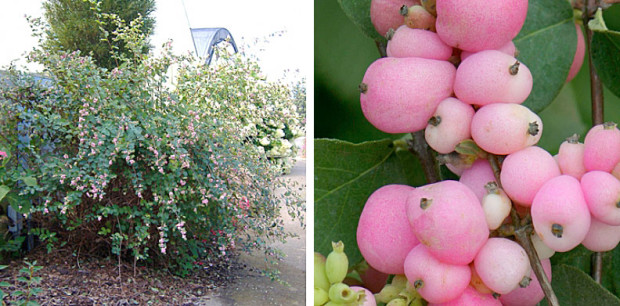NPR:
Monarch butterflies that once covered 50 square acres of forest during their summer layover in central Mexico now occupy fewer than 3 acres, according to the latest census.
The numbers of the orange-and-black butterflies have crashed in the two decades since scientists began making a rough count of them, according to Mexico’s National Commission of Natural Protected Areas.

